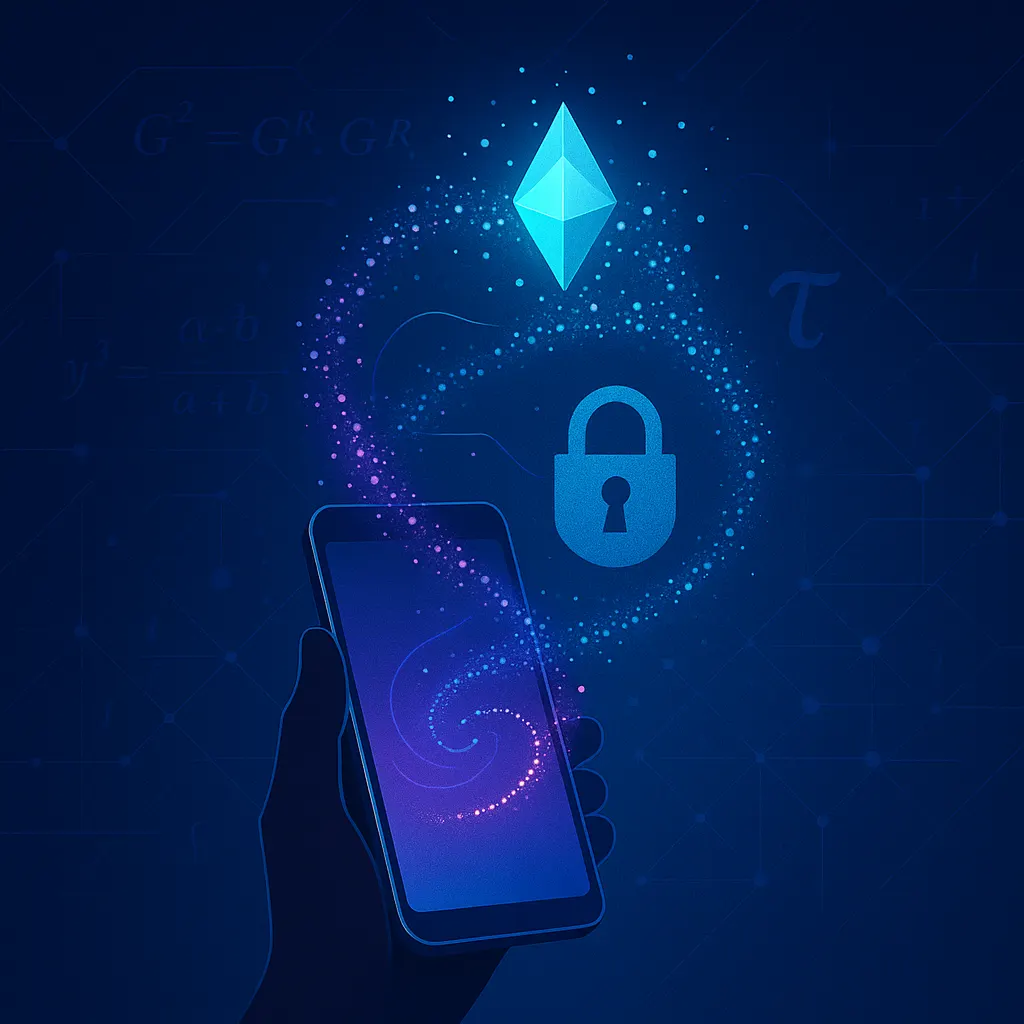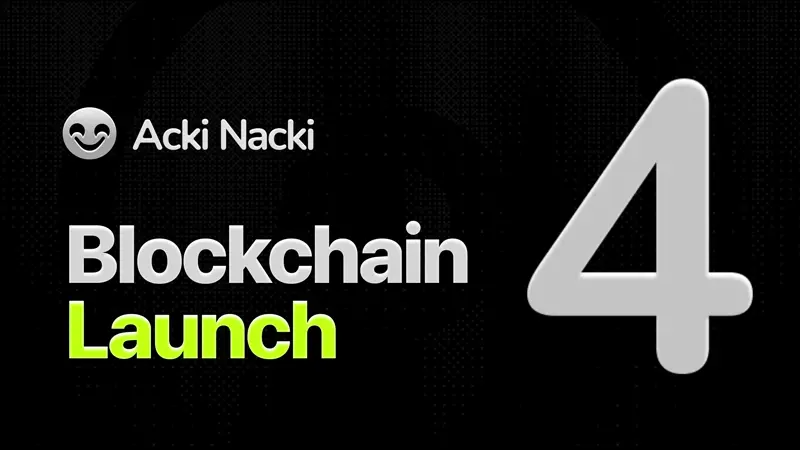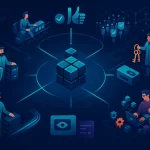A global entropy dance to keep the blockchain honest.
Bring Wi-Fi.
And power charger.
What this really is
Before Acki Nacki starts mining, it needs one thing: trustless zero knowledge proofs that are fast, cheap, and can’t be faked.
To get those, it runs a massive, parallelized, Powers-of-Tau style ceremony, think of it as a public ritual for generating shared secrets, without trusting anyone.
It creates a CRS (common reference string) for Groth16 proofs. This setup must be done only once. And if even one person deletes their secret after contributing, the whole thing is secure.
Sounds absurd? It is. But it works.
And yes, there’s math.
What happens in this “ceremony”
Let’s break it down. Just cryptography.
- The app gives you a slot
You’re not special. Everyone gets one. This is so thousands can contribute in parallel. - You download a fat transcript
It’s the current state of the cryptographic soup. Use Wi-Fi unless you’re rich or reckless. - You generate randomness
The app mixes your phone’s secure randomness with your screen swipes, taps, gestures. You are the entropy source. Finally useful. - You transform the transcript
Your device does some crypto math locally. It raises group elements to your secret exponents, then creates a proof that you did it right without revealing your secret. - You upload your contribution
The app sends your updated version plus the correctness proof. Your secret never leaves the phone. - The app deletes your secret
This is key. The “toxic waste” is wiped. If you’re paranoid, wipe the device. If you’re Balkan paranoid, bury it.
If just one person, out of possibly hundreds of thousands, destroys their toxic waste, the whole CRS is safe. This is not optimism. It’s mathematics.
Why Groth16 needs this
Groth16 proofs are tiny and fast to verify. Perfect for blockchains. But the price is this weird ceremony. It’s like assembling a lock that can only be opened by truth, but if someone keeps a copy of the master key (toxic waste), they could forge it.
So we make the key in public, break it into pieces, and set it on fire. In front of everyone.
“Massively parallelized” – not just a buzzword
Old-school setups were linear. One person at a time, like renewing a passport.
Acki Nacki shards the transcript, assigns slots, and lets thousands contribute at the same time. Contributions are merged later.
This means:
- Faster setup
- Less human waiting
- More entropy
- Less chance of global compromise
The system still preserves the core math: each contribution builds on the last, and you can’t go back and remove what someone else added.
Security model (translated to human)
- If even one person deletes their toxic waste, the setup is secure.
- You can’t remove entropy that someone else already added. Only add more.
- The more people join, the lower the odds that every single one is evil or compromised.
- Public transcripts make every step verifiable forever.
If you’re thinking: “But what if everyone cheats?”, that’s the wrong question. That’s like saying “what if every pilot decides to crash?” It’s possible. It’s also not how real-world risk works.
What the user actually sees
- Progress bar as the transcript downloads. (Yes, it’s large.)
- On-screen gestures – tap, swipe, draw, maybe even shake the phone.
- Upload step – your work goes up.
- A receipt – usually a hash, so you can prove you participated.
Simple enough that your grandma could do it. If she had a smartphone and believed in ZK cryptography.
What the network gets
- A clean CRS, safely generated.
- Fast, efficient Groth16 proof verification for smart contracts and miners.
- A fully auditable transcript, so no one has to take anyone’s word for anything.
Once this is done, mining can begin. With proof. With trustless logic. Without needing faith in any company or backdoor deal.
Real-world failure scenarios
What if something breaks? Welcome to Earth. Here’s what happens:
- If everyone keeps their toxic waste: the system is compromised. But with thousands of random contributors, odds drop off a cliff.
- If your phone’s RNG is weak: human entropy and other honest contributors will balance you out.
- If someone tries to DOS the coordinator: they can slow it down, but they can’t erase already-added entropy.
- If your phone crashes mid-process: just restart. You’ll get a new slot. Integrity stays intact.
Why this isn’t optional
Groth16 needs this setup. If the CRS doesn’t exist, you can’t prove anything cheaply. You’d need a different ZK system (like STARKs), which has its own downsides, more data, higher cost, slower verification.
Acki Nacki chooses Groth16 for a reason: it’s fast, battle-tested, and well-understood. Just needs a public kickstart.
Final thoughts
Opening mining on Acki Nacki starts not with digging, but with math.
The public ZK Ceremony is a global gesture of entropy, where each participant adds a pinch of chaos to a giant public cauldron.
If just one contributor erases their trail, the resulting system becomes tamper-proof. Mining can begin. Trust is not required. Just math, phones, and Wi-Fi.
Dapp AI: It’s like a cryptographic blood pact, minus the blood. Everyone stirs the pot, no one knows the full recipe, and once it’s cooked, nobody can change the flavor.
Or even better:
Picture thousands stirring sugar into tea. If even one person throws the spoon away after stirring, the exact amount cannot be reversed. The tea stays sweet, complaints remain theoretical.





